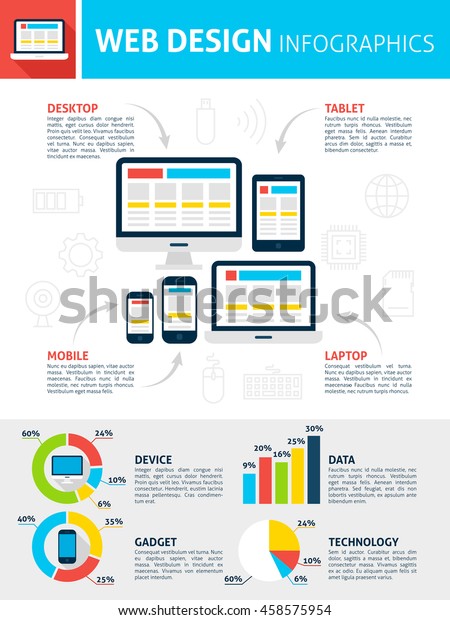Intrigued In Finding Out Exactly How Internet Site Style Has Progressed? Take A Trip With The Transformation
Intrigued In Finding Out Exactly How Internet Site Style Has Progressed? Take A Trip With The Transformation
Blog Article
Author-Thorsen Stender
In the past, sites were straightforward and concentrated on information. Navigation was direct, and design was for desktops. Now, individual experience is key. Data overviews styles for very easy navigating. Receptive layouts match various devices. Today, dark setting lowers stress, and minimalist menus improve navigating. Interactive attributes involve users, and strong visuals attract attention. visit web site increases involvement. See just how layout has progressed to enhance your online trip.
Early Days of Web Design
In the very early days of website design, simplicity preponderated. Websites were fundamental, with restricted shades, fonts, and formats. The focus was on giving information rather than flashy visuals. Users accessed the internet via sluggish dial-up links, so rate and capability were vital.
Navigating food selections were straightforward, commonly located at the top or side of the page. Internet sites were made for desktop, as mobile browsing had not been yet prevalent. Material was king, and developers prioritized very easy readability over intricate layout aspects.
HTML was the key coding language made use of, and developers needed to work within its restraints. Computer animations and interactive attributes were marginal compared to today's standards. Sites were fixed, with little vibrant content or individualized customer experiences.
Rise of User-Focused Layout
With the advancement of web site layout, a change towards user-focused style concepts has actually become increasingly prominent. Today, creating web sites that prioritize customer experience is vital for involving visitors and attaining company objectives. User-focused layout entails comprehending the demands, choices, and behaviors of your target market to tailor the web site's format, web content, and features as necessary.
Developers now conduct extensive research, such as user surveys and functionality screening, to collect insights and feedback directly from customers. This data-driven approach assists in developing intuitive navigation, clear calls-to-action, and visually attractive interfaces that reverberate with visitors. By placing the individual at the facility of the style process, internet sites can deliver a much more individualized and pleasurable experience.
Receptive design has actually also become a key element of user-focused layout, guaranteeing that internet sites are enhanced for numerous devices and screen dimensions. This adaptability enhances accessibility and functionality, catering to the varied means individuals engage with sites today. Basically, the increase of user-focused style indicates a shift in the direction of developing electronic experiences that focus on the demands and expectations of the end user.
Modern Trends in Website Design
Check out the most recent patterns forming web design today. One famous fad is dark setting design, supplying a sleek and modern look while lowering eye strain in low-light environments. One more essential trend is minimalist navigation, simplifying menus and enhancing customer experience by focusing on essential elements. Including micro-interactions, such as computer animated buttons or scrolling impacts, can produce a more appealing and interactive site. Responsive design remains crucial, making certain smooth individual experiences throughout different devices. Furthermore, utilizing strong typography and asymmetrical layouts can include visual interest and draw attention to specific material.
Integrating AI modern technology, like chatbots for client assistance or individualized suggestions, enhances user interaction and enhances processes. Access has additionally end up being a significant fad, with developers focusing on inclusive style methods to deal with varied individual demands. Welcoming sustainability by maximizing web site performance for speed and effectiveness is another emerging trend in website design. Teaming up with customer feedback and data analytics to repeat and improve design continuously is essential for staying appropriate in the ever-evolving digital landscape. By welcoming these modern trends, you can create an aesthetically attractive, straightforward web site that reverberates with your target market.
Final thought
As you review the advancement of website layout from the very early days to currently, you can see exactly how user-focused layout has ended up being the driving force behind contemporary trends.
Embrace the trip of adjustment and adjustment in website design, always keeping the individual experience at the forefront.
Tippingpointdigital
Keep existing with the latest fads and modern technologies, and never ever stop advancing your strategy to produce visually sensational and straightforward websites.
Advance, adjust, and produce - the future of web design is in your hands.
